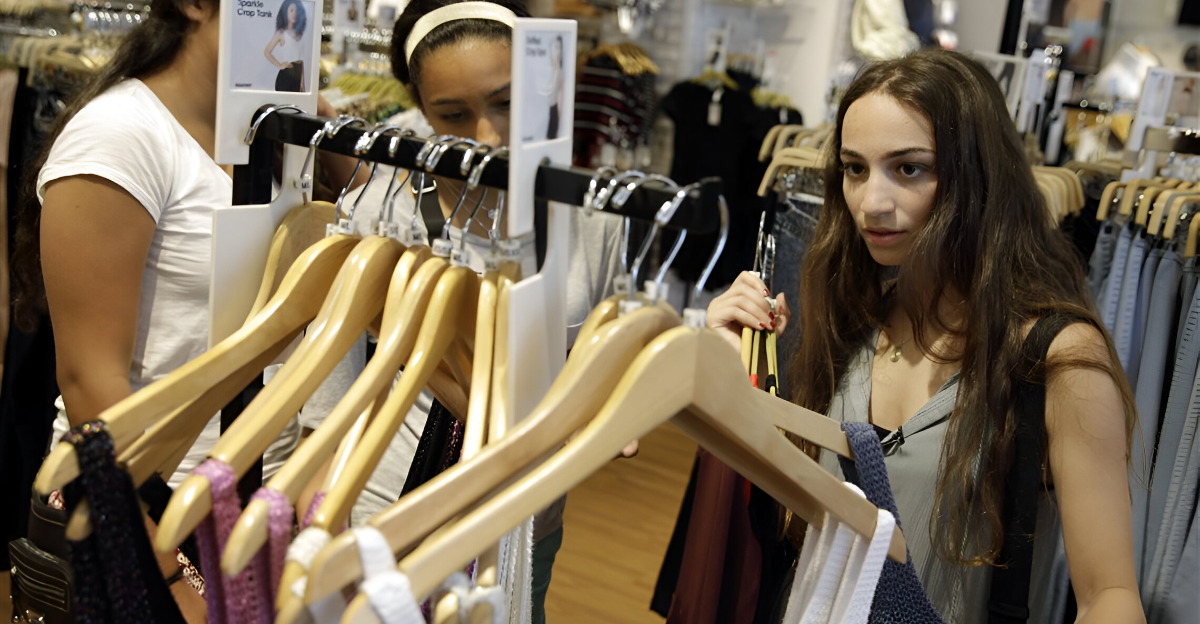
Claire’s, the beloved mall staple where generations of teens got their first ear piercings and loaded up glittery accessories, is at a crossroads.
The company is now looking to sell all or part of its business, putting the future of its 1,300 U.S. stores — and more than 2,750 locations worldwide — in limbo.
For millions who grew up browsing its aisles as children, the potential closure is not merely the loss of a retailer, but the end of a rite of passage for young shoppers.
Debt, Tariffs, and Shifting Habits
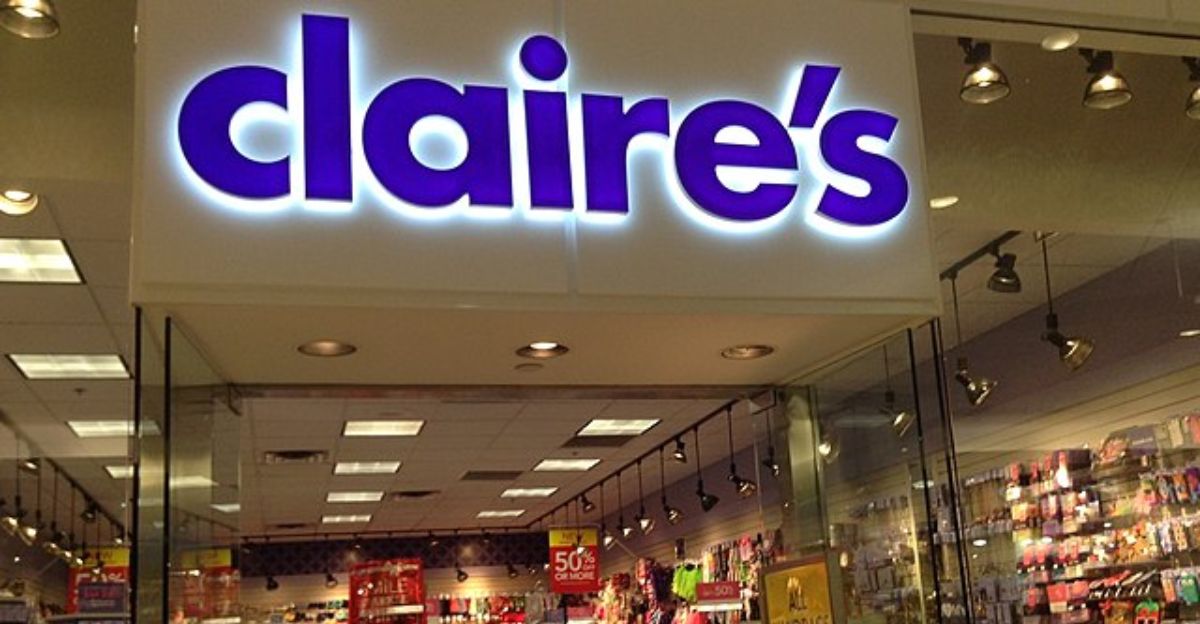
Claire’s is facing a perfect storm of financial pressures, including a nearly $500 million loan due by December 2026 and import costs that have soared because of U.S. tariffs on Chinese products.
According to Bloomberg, the company has deferred interest payments to conserve cash, a sign of how dire its financial situation has become after it emerged from bankruptcy in 2018 under the control of Elliott Management and Monarch Alternative Capital.
Retail analysts attribute the phenomenon to a larger change in consumer behavior. “Claire’s low-price offering is clearly not strong enough to win over its core customer base of teenagers and young adults now that they have access to a vast array of affordable and convenient products online, through platforms like Amazon and Temu.”
These challenges — mounting debt, increasing costs due to tariffs, and intense online competition — have driven Claire’s to seek a buyer, underscoring the harsh new realities of mall-based retailers in the U.S. and around the world.
Uncertainty for Shoppers and Teens

If Claire’s closes its stores or transfers them to new owners, it would leave a major gap in the mall experience for tweens and teens. The retailer has long been a go-to for affordable jewelry, hair accessories, and the all-important ear piercing—a rite of passage for many kids.
With relatively fewer options catering specifically to young girls and early teens, families may have to look elsewhere for these affordable, youth-focused products.
Malls Take a Hit Again
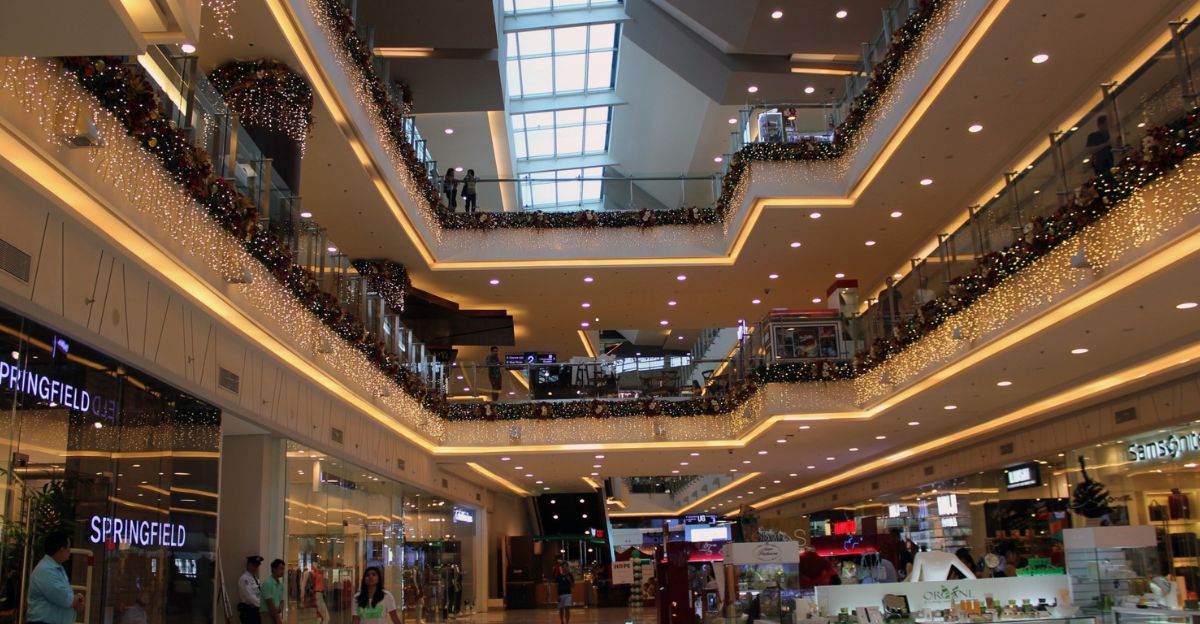
The potential loss of Claire’s would be an additional blow to already struggling shopping malls. As one of the few remaining national chains that markets to young shoppers, Claire’s also generates steady foot traffic that benefits surrounding stores.
Its closure would add to the list of recent mall retailer exits, such as Forever 21 and Torrid, compounding the challenges for mall owners and accelerating the shift away from traditional retail hubs.
Suppliers and Global Sourcing Disrupted

Clare’s relies heavily on inexpensive Chinese imports to maintain low prices — but now, those have become up to 30% more expensive due to tariffs.
If the company is sold or closes stores, suppliers — particularly in China — may lose an important customer, and other retailers may find it hard to fill the void or face similar cost pressures.
The ripple effect could extend through global supply chains, affecting jobs and production well beyond U.S. malls.
Competitors Eye Opportunity

While Claire’s falters, competitors in the affordable accessory sector – both online and offline – are ready to take its market share.
Fast-fashion giants, e-commerce platforms, and even drugstore chains with shop-in-shop partnerships may move quickly to attract Claire’s core demographic.
This may help increase the migration of young shoppers from malls to digital platforms and alternative retail channels.
Employees and Local Economies at Risk
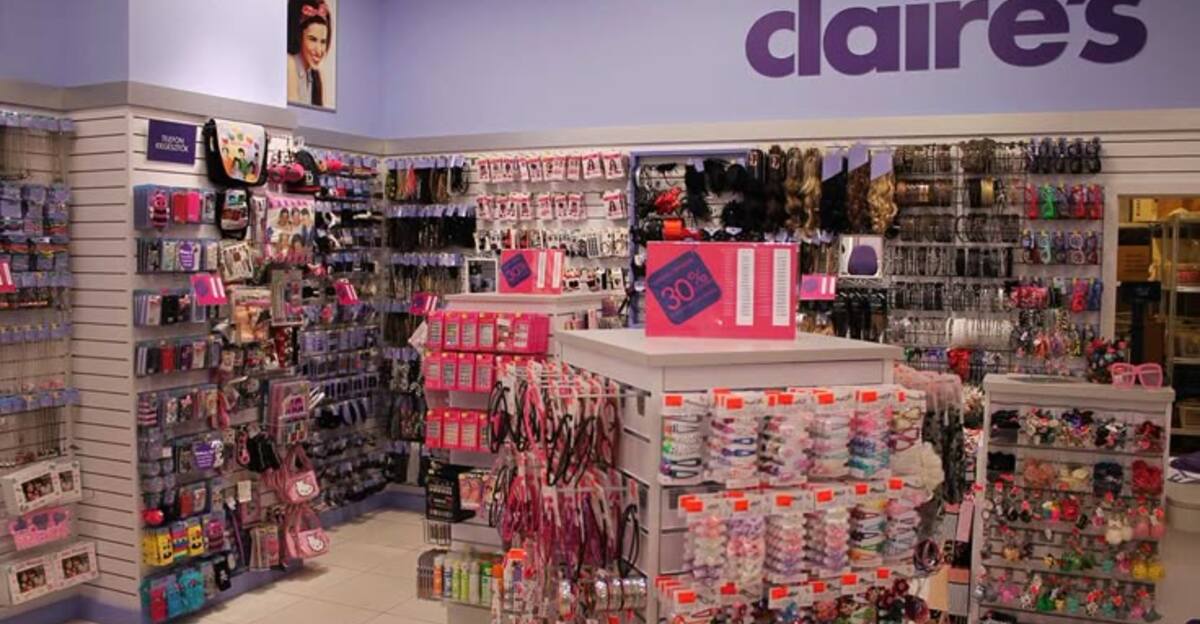
With more than 1,300 U.S. locations and thousands of employees, any large-scale closure or sale would have an immediate impact on workers and the communities that depend on Claire’s for jobs and local economic activity.
Layoffs, reduced hours, or store closures would compound the wave of retail job losses already underway, which disproportionately impact young, entry-level workers, who account for much of Claire’s workforce.
Policy and Political Implications

The situation with Claire’s highlights the broader impact of tariff policies and economic uncertainty affecting American retailers.
Policymakers could face renewed pressure from business groups and local officials to reconsider tariffs or provide relief for struggling retailers.
The outcome could have ramifications for future trade negotiations, as well as economic policy debates, as additional iconic brands confront similar struggles.
What Shoppers Can Do Now
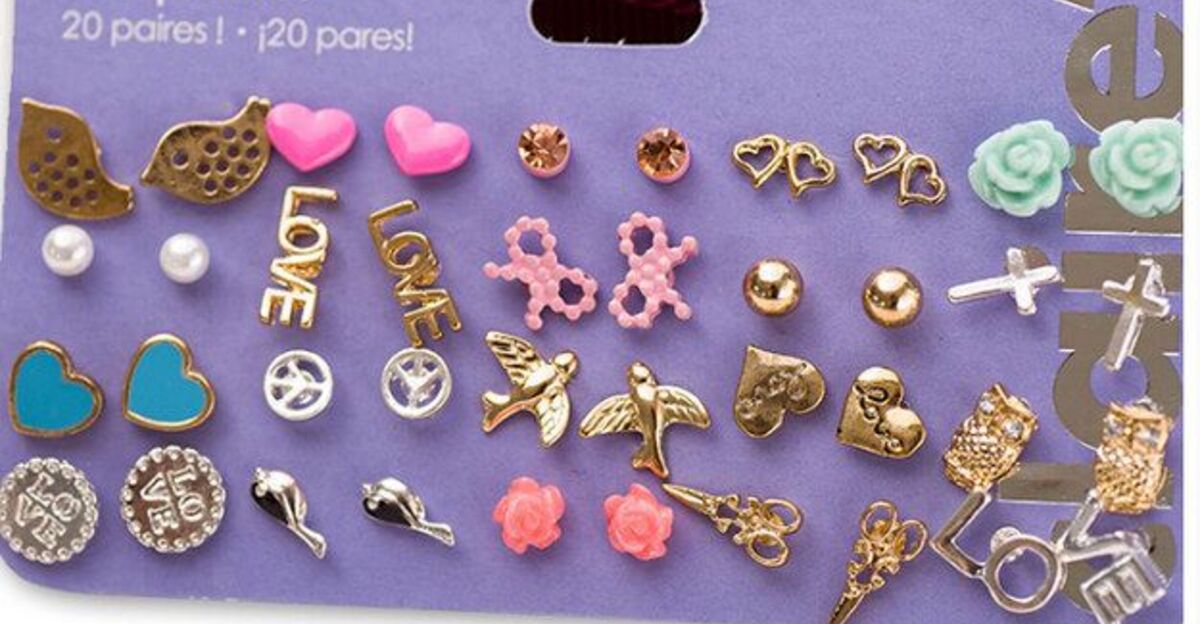
For loyal Claire’s customers, now is the time to act. Consider stocking up on favorite accessories, using gift cards, or scheduling ear piercings before any potential changes take effect.
Parents and teens can also explore alternative retailers, including online options and shop-in-shop partners such as Walgreens and Macy’s, to ensure continued access to affordable jewelry and accessories. Staying informed about store closure announcements can help avoid last-minute disappointments.
The End of an Era or a New Beginning?
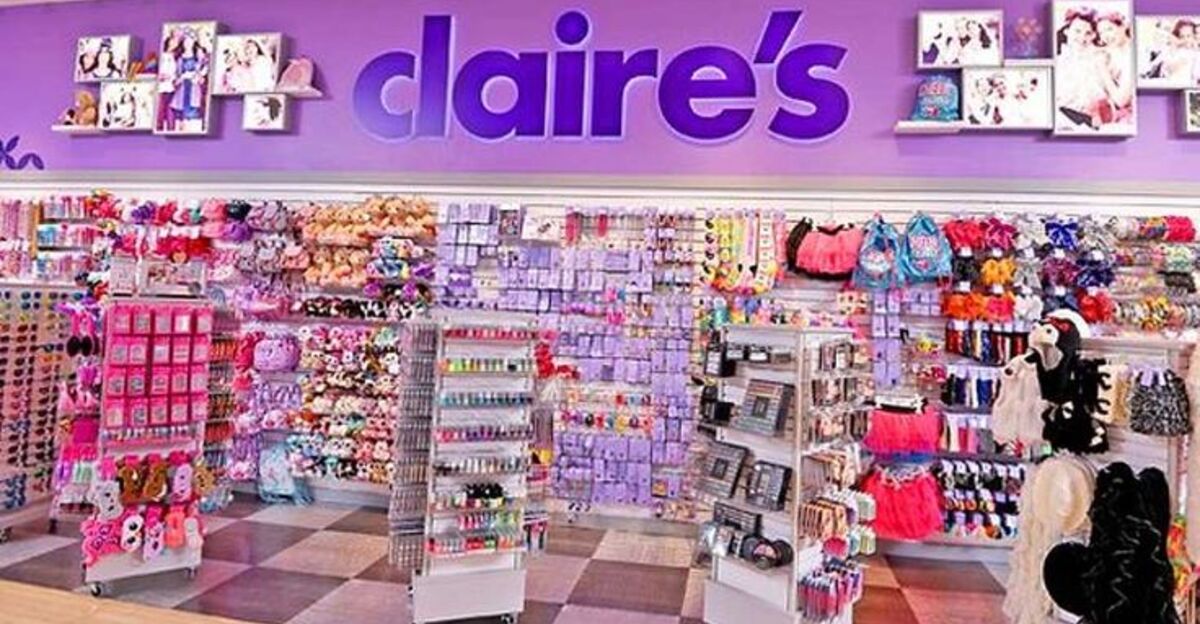
Claire’s struggles extend far beyond one retailer — they are indicative of seismic changes in how Americans shop, the challenges plaguing mall-based businesses and the ripple effects of global economic policy.
Whether the brand survives under new ownership or fades into mall nostalgia, its story underscores how quickly a single shock can cascade through industries, communities, and the lives of everyday consumers.
